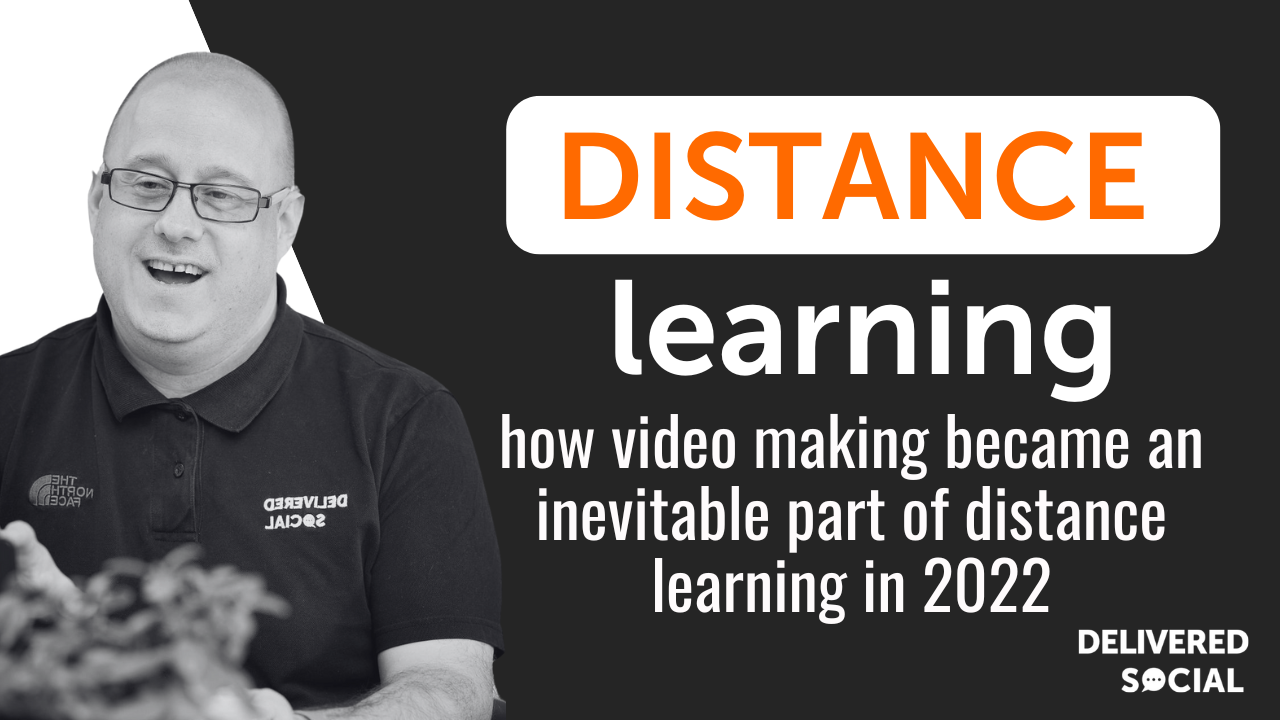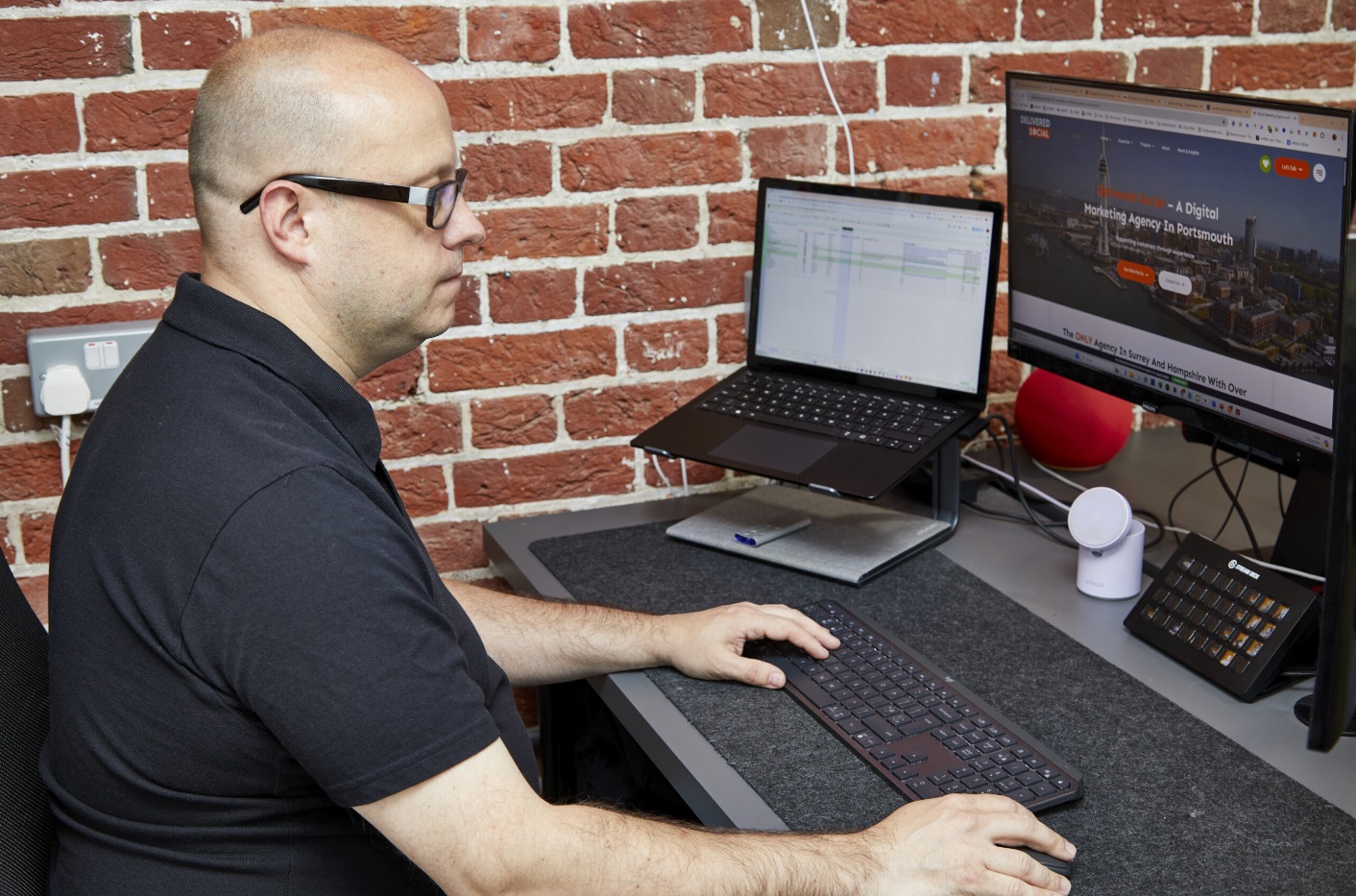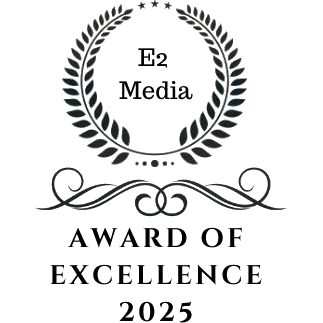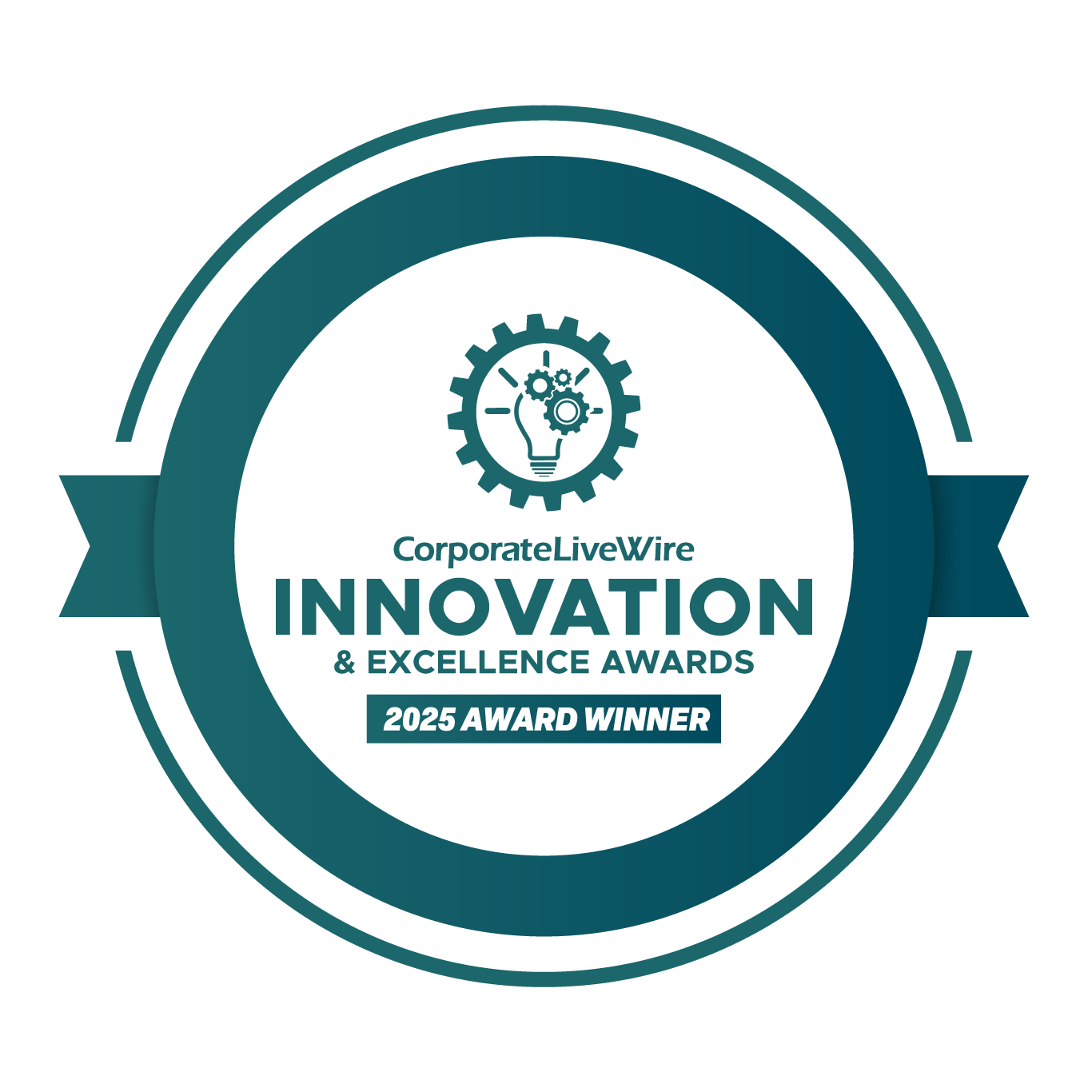
Gone are the days when a teacher would roll a television and VCR into the classroom, sparking excitement among the students. While the video doesn’t look like it once did in an educational setting, it’s become a necessary tool. Video days are no longer a novelty; they’re the norm.
Distance learning transformed how we view video as an educational tool. Here are some of the reasons video has become an inevitable component of distance learning.
Affordable To Create and Access
One of the main reasons video is now a staple in the learning environment is that it’s affordable to create and access. Creating videos was once incredibly cost-prohibitive. Expensive, highly technical equipment was required along with a skilled expert to operate the gear. Now, many of us have high-quality recording equipment in our pockets, and the equipment required to enhance smartphone videos is affordable and adaptable.
Editing software is also affordable and intuitive. Using a video trailer maker to showcase highlights or create a voiceover doesn’t require any advanced knowledge or expertise.
Video content is easy to access for most students. Wi-Fi has become a public commodity with many free access points in populated areas. Video content often circumvents the need for costly textbooks, easing the burden on students experiencing financial hardship and instability.
Better Learner Engagement
Video is more effective in keeping learners interested than text. Several studies have explored the idea of using videos for improved learner engagement in an educational setting.
One study investigated the comparative qualities of studying science through text versus video. Reading text occupies the visual, language comprehension, and cognitive neural pathways. The downside is that the reader must understand what information is most relevant to improve engagement and retention. Conversely, video adds auditory involvement to the mix. As such, video-based assignments tend to increase attendance and satisfaction with course material.
Early studies in the use of educational videos and multimedia also indicated better performance outcomes when these tools were used. It’s surmised that incorporating video also appeals to scholars with different learning styles. If a student understands what they’re learning, they’re more likely to stay engaged and interested.
Simplified Creation and Updating Process
Things change quickly in our fast-paced world. New research and teaching styles are continuously reshaping how educators approach a subject. In the past, updates required new textbook versions, increasing costs and waste for educational institutions.
Refreshing video content is straightforward. Educators can use different software to remove outdated content and intersperse the video with new information and processes. Tutorial videos are also simple to edit and adjust. Rather than revisiting written documentation, walking through the steps, and pausing to make changes, educators can revise in real time.
Video creation is also an effective way to grade and edit assignments for students. Teachers can provide feedback in real time as they browse a student submission. This approach to providing feedback is quick and clear to minimize paperwork and confusion.
Improved Accessibility
Accessible education is paramount in our digitally-driven society. This subject has been touched on above, as video content is more approachable for students with socioeconomic limitations. Video also presents other benefits in the accessibility realm.
Video content can be shaped to connect with viewers from all backgrounds. The visual nature of videos is easier to process for those who have learning disabilities like dyslexia. These students often fall behind due to limited resources and support.
Educators can (and should) add subtitles to video content to improve language processing for those experiencing hearing loss and those who speak a different language. Over 67 million Americans speak a second language at home. Spoken and written language processing happens differently in the brain. For those who speak English as a second language, adding subtitles provides an opportunity to better understand what’s being taught.
Finally, the audio component makes educational material more practical for those with visual impairments and scheduling conflicts. Listening to a lecture while walking or during a public transit commute helps those dedicated to continuing their education later in life.
Simplified Content Repurposing
Repurposing content is the best way to get the highest possible return on investment from content creation while appealing to different learning styles. Video content is inherently simple to repurpose for other mediums.
For example, the audio from a lecture video could be stripped and reformatted as an MP3 or WAV file for an audio-only approach to the lecture. An AI-powered transcription tool can automatically write out the content into a text file for those who prefer reading. The text file can be easily translated into other languages for non-native speakers.
Content repurposing is also beneficial in marketing courses, professional development sessions, and for-profit educational programs. Clips, quotes, and sound bites can all be recreated into social media content to improve student acquisition.
Option to Record and Reflect
Video is a powerful studying tool, as it lets learners record, pause, and reflect. Many students take notes or split their attention during a live lecture. With a recorded video lecture, they can easily pause and skip back to something they might have missed. They can revisit this part of the video until they comprehend the learnings.
When a video is recorded and available to review on demand, students can give their full attention to a class or lecture rather than multitasking with note-taking. While video conferencing provides you with native recording capabilities, the best way to capture your screen is to use screen recording software.
Access to Insights and Analytics
Finally, if there’s one way that video is superior to other educational tools, it’s insights and analytics. Many video conferencing and sharing tools offer the educator insights into how many students completed the video, where they lost focus, how many times a user played the video, etc.
These insights provide valuable learning for educators to shape their content and teaching approach. For example, they may determine that student engagement drops after 12 minutes. This highlights a need to create several shorter videos explaining a topic. Educators can also compare the analytics to student outcomes to determine whether their content is effective.
Wrap Up
Video will continue to facilitate distance learning in the future, but it’s just one piece of the education puzzle. Continuous efforts to improve accessibility and engagement are key for capitalizing on this powerful tool.
- Direct vs indirect customers – which one should you be focused on?
- Thinking about hiring a digital events production agency? Make sure you ask these questions!
Interested In Working Together?
Introducing Delivered Social. We’re The Most-Rated Digital Agency In Surrey & Hampshire – We’ve Got To Be Doing Something Right.
Delivered Social is a digital marketing agency with one mission—to help businesses grow. We’re famous in Guildford and Portsmouth for our social clinics. We believe in free advice. We build lasting relationships because our team prides itself on being helpful, which our clients appreciate.
If you are looking for a new website or an agency to manage your social media presence, we can help.
If you need something slightly different, here's a super handy list of all our services, or you can always email us.


















